The IAI Kfir gderot/Canard AKA kfir connor or kfir konrad is an upgraded version of the Kfir C.1 meant to modify original airframes up to the C.2 standard. These aircraft had been modified and included fences on the air intakes and nose. These fences greatly improved the aircraft maneuverability and slow speed control. These aircraft also included flare/chaff dispensers

history:
The Kfir programme originated in the quest to develop a more capable version of the IAI Nesher, which was already in series production. After General De Gaulle embargoed the sale of arms to Israel, the IAF feared that it might lose qualitative superiority over its adversaries in the future, which were receiving increasingly advanced Soviet aircraft. The main and most advanced type of aircraft available to the IAF was the Mirage, but a severe problem developed due to the Mirage fleet's depletion due to attrition after the Six-Day War. Domestic production would circumvent the embargo restrictions completely; efforts to reverse engineer and reproduce components of the Mirage were aided by Israeli espionage efforts to obtain technical assistance and blueprints from third party Mirage operators.
Two powerplants were initially selected for trials, the General Electric J79 turbojet and the Rolls-Royce Spey turbofan. In the end, the J79 was selected, not least because it was the same engine used on the McDonnell Douglas F-4 Phantom II, which the Israelis began to acquire from the United States in 1969, along with a license to produce the J79 themselves. The J79 was clearly superior to the original French Atar 09, providing a dry thrust of 49 kN (11,000 lbf) and an afterburning thrust of 83.4 kN (18,750 lbf).
In order to accommodate the new powerplant on the Mirage III's airframe, and to deliver the added cooling required by the J79, the aircraft's rear fuselage was slightly shortened and widened, its air intakes were enlarged, and a large air inlet was installed at the base of the vertical stabilizer, so as to supply the extra cooling needed for the afterburner. The engine itself was encased in a titanium heatshield.
A two-seat Mirage IIIBJ fitted with the GE J79 made its first flight in September 1970, and was soon followed by a re-engined Nesher, which flew in September 1971.
An improved prototype of the aircraft, with the name Ra'am B ("Ra'am" means "Thunder"; the "Ra'am A" was the Nesher), made its first flight in June 1973. It had an extensively revised cockpit, a strengthened landing gear, and a considerable amount of Israeli-built avionics. The internal fuel tanks were slightly rearranged, their total capacity being increased to 713 US gal (2,700 L).
There were unconfirmed reports that a number of the original Mirage IIICs, re-engined with the J79 and given the name Barak ("Lightning"), took part in the Yom Kippur War of 1973, but some sources point out that there is no evidence that these aircraft ever existed.
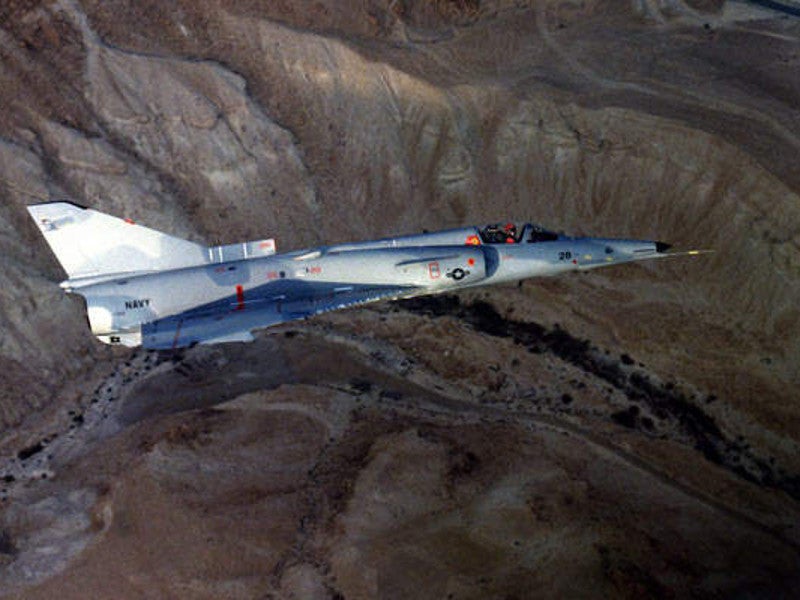
controls:
AG-1= landing gear
AG-2= landing lights
notes:
one of my fav planes to fly in WT, i tried recreating it as best as i can, each fuel tank is where its supposed to be and i renamed them so they would be easier to find and i also tried the hollow cockpit thing tho no interior, if someone wants to do an interior for it feel free to do so.
idk if i will post again soon since my wt addiction doesnt let me to but as a background project i was making a silly 2 engine STOL plane so stay tuned for that
GENERAL INFO
- Predecessor: mirig
- Created On: Windows
- Game Version: 1.3.204.1
- Price: $2,349k
- Number of Parts: 864
- Dimensions: 5 m x 9 m x 17 m
PERFORMANCE
- Total Delta V: 0m/s
- Total Thrust: 300N
- Engines: 2
- Wet Mass: 14,173kg
- Dry Mass: 9,967kg
STAGES
| Stage | Engines | Delta V | Thrust | Burn | Mass |
|---|---|---|---|---|---|
| 1 | 1 | 0m/s | 0N | 0s | 14,173kg |

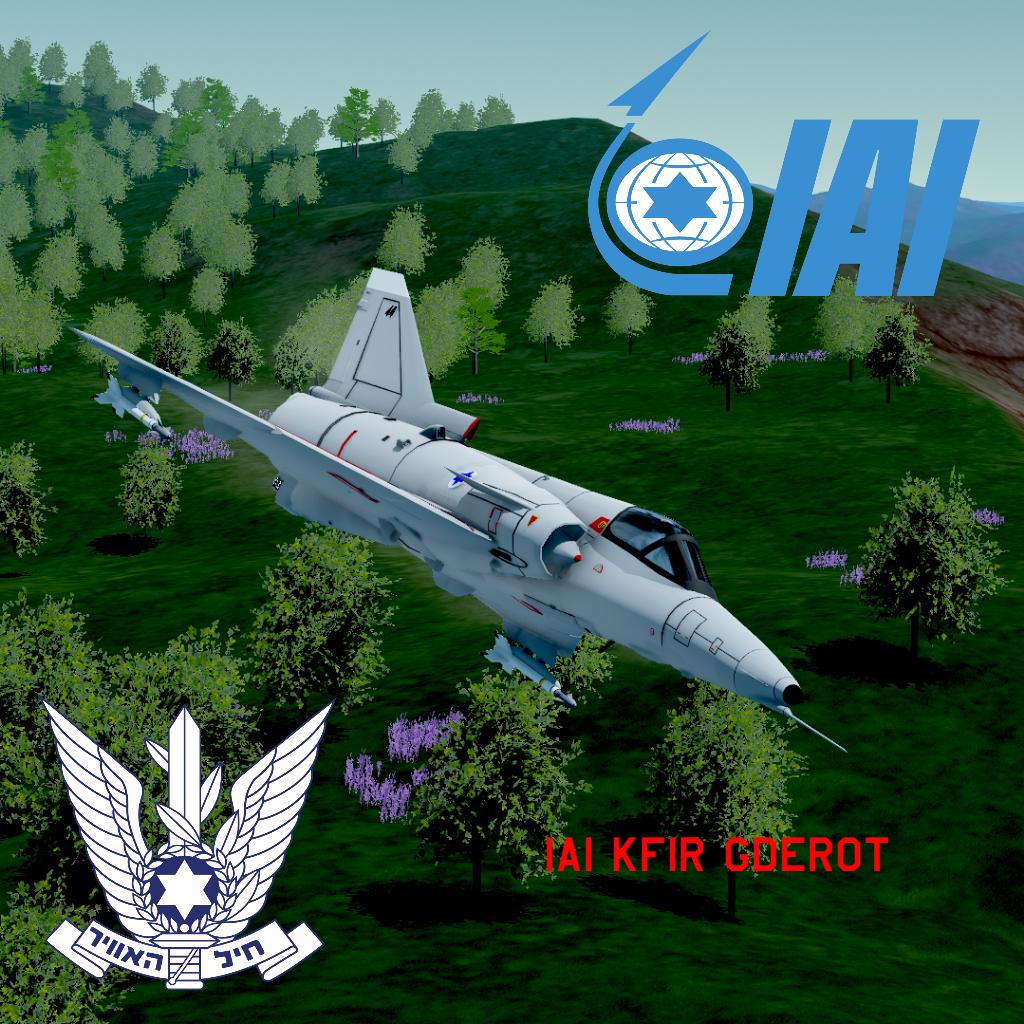
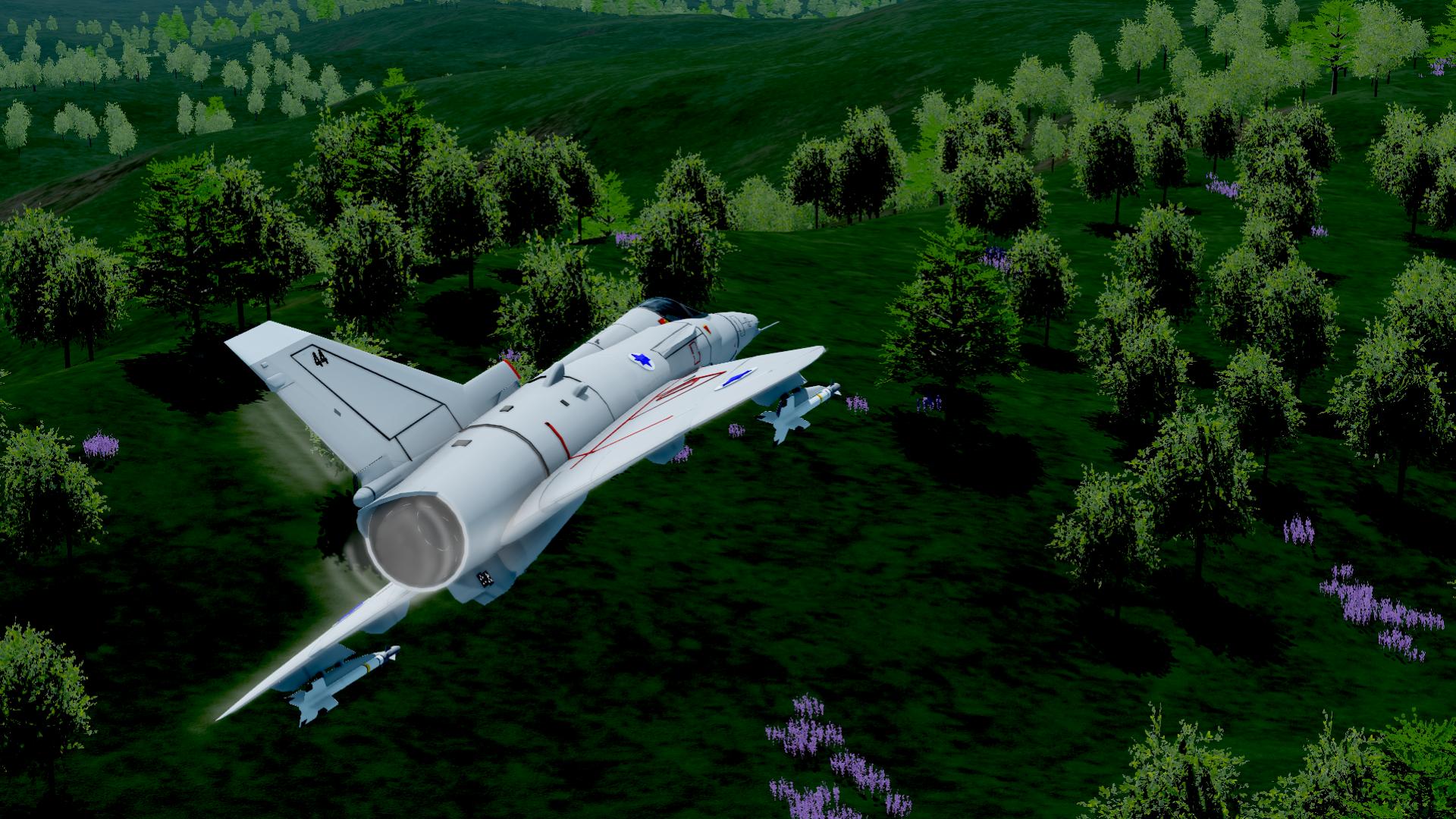

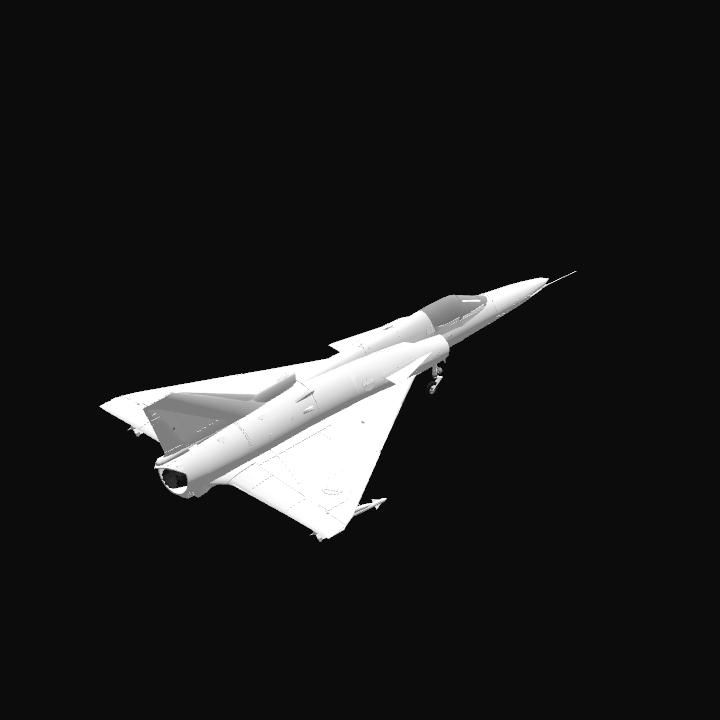
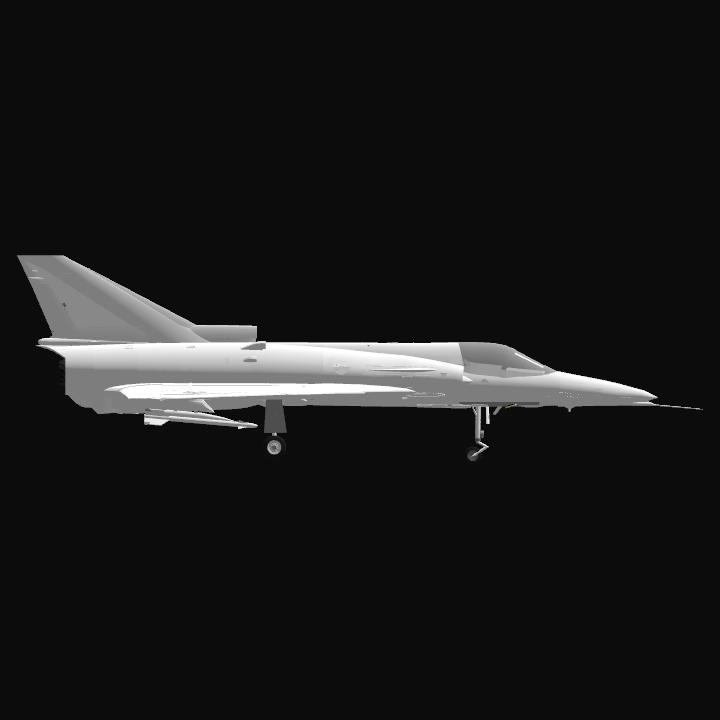

cool